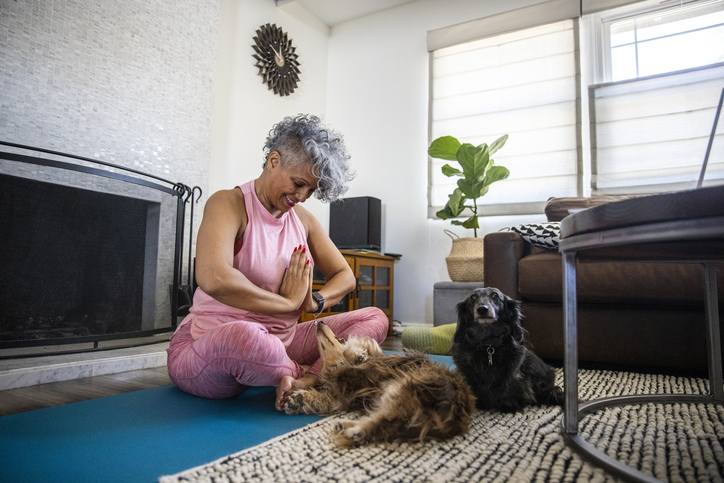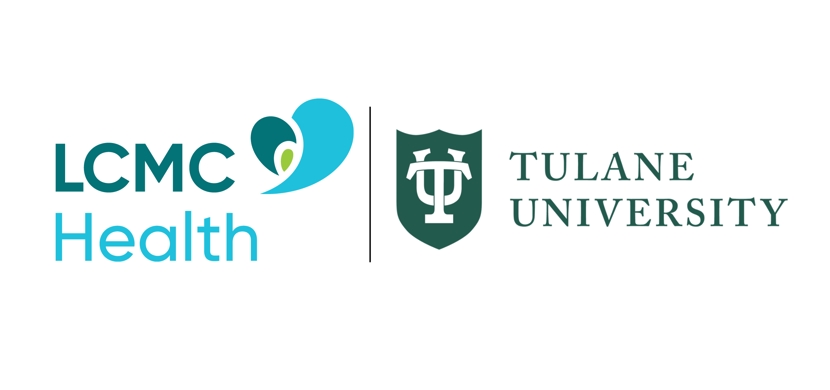Y’all heard? Most strokes are silent
- Category: New Orleans, Community, Health & Wellness
- Posted on:

A sudden headache, difficulty speaking, balance or vision problems, and numbness on one side of the body—these are the signs of a stroke many of us are familiar with. Like a spellbinding jazz performance or a boisterous krewe parade, strokes grab your attention. Their strange, out-of-the-blue symptoms are your clues that something is wrong and your cue to seek help quickly.
One of the best ways to mark National Stroke Awareness Month in May is to brush up on how to recognize a stroke. But what happens when strokes go quiet?
The silent type

You may be surprised to learn that strokes that cause eyebrow-raising symptoms are the exception, not the rule. Far more common are silent strokes—ones that, like most strokes, occur when a blockage in an artery to the brain prevents enough oxygen-rich blood from reaching the organ, but they don’t cause readily noticeable symptoms.
Brain damage from silent strokes is minor and limited to areas of the brain that don’t control parts of the body that would prompt typical stroke symptoms, such as blurry vision or trouble raising an arm. Rather, you might have difficulty concentrating or remembering things. Silent strokes affect 800,000 people in the U.S. each year, according to the American Heart Association (AHA).
Don’t equate silent strokes’ minor brain damage with minimal risk to your health. These strokes carry a loud message: You’ve been warned. Silent strokes increase your risk of having an asymptomatic stroke, the AHA reports. What can you do to protect yourself?
Listen up

Many people don’t learn they’ve had a silent stroke—or several—until they undergo a brain scan to look for something else, such as signs of suspected Parkinson’s disease. These tests may reveal telltale signs of silent strokes, such as scar tissue.
The term “silent strokes” is a bit misleading. These strokes don’t look or feel like typical strokes, but they may cause easily overlooked symptoms, including:
- Memory lapses
- Slight mood changes
- Temporary changes to balance or the ability to move an arm or leg
It’s easy to shrug those symptoms off, but you shouldn’t—if you experience any of them, see your primary care physician. If a physician determines you’ve had a silent stroke, it’s important to identify and treat factors that can contribute to strokes, such as atrial fibrillation—the most common type of abnormal heart rhythm—high blood pressure, and diabetes.
Don’t overlook the role of unhealthy cholesterol levels in contributing to stroke risk. High levels of LDL (“bad”) cholesterol combined with low HDL cholesterol levels and a type of fat called triglycerides in your blood can build up in and narrow the arteries over time, potentially setting the stage for a stroke.
You aren’t powerless to prevent a stroke. In addition to treating conditions that can put you at risk, you can take many other steps, such as:
- Kicking the habit if you smoke.
- Exercising regularly.
- Eating a healthy diet.
And remember, if a stroke occurs, the full range of care—from clot-busting medication to inpatient rehabilitation—is available close to home.
Strokes never catch our team unprepared. Learn about emergency care throughout LCMC Health.

